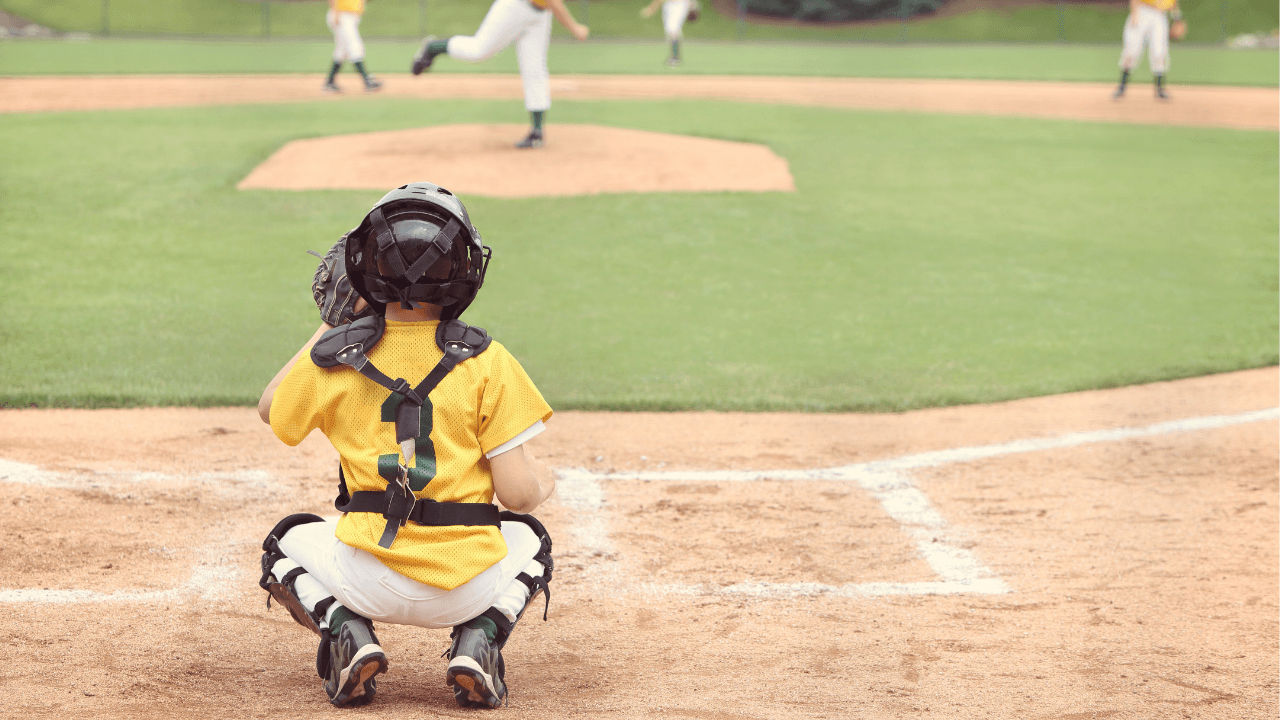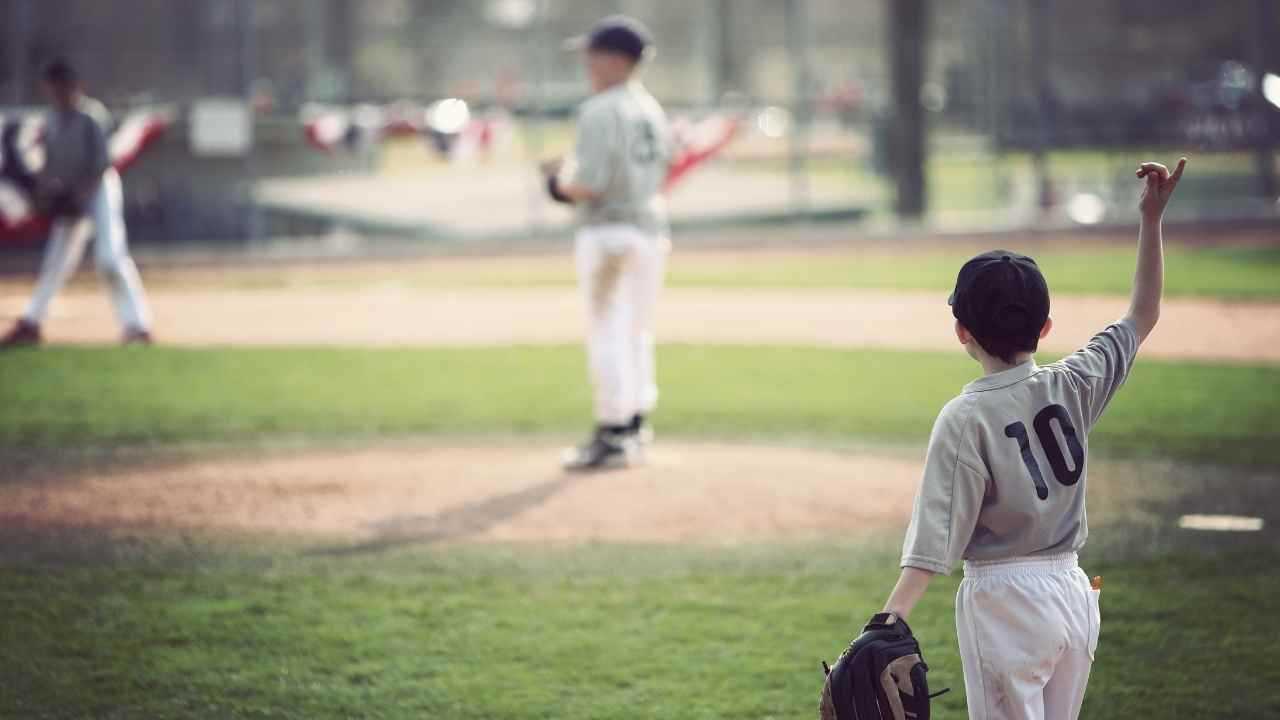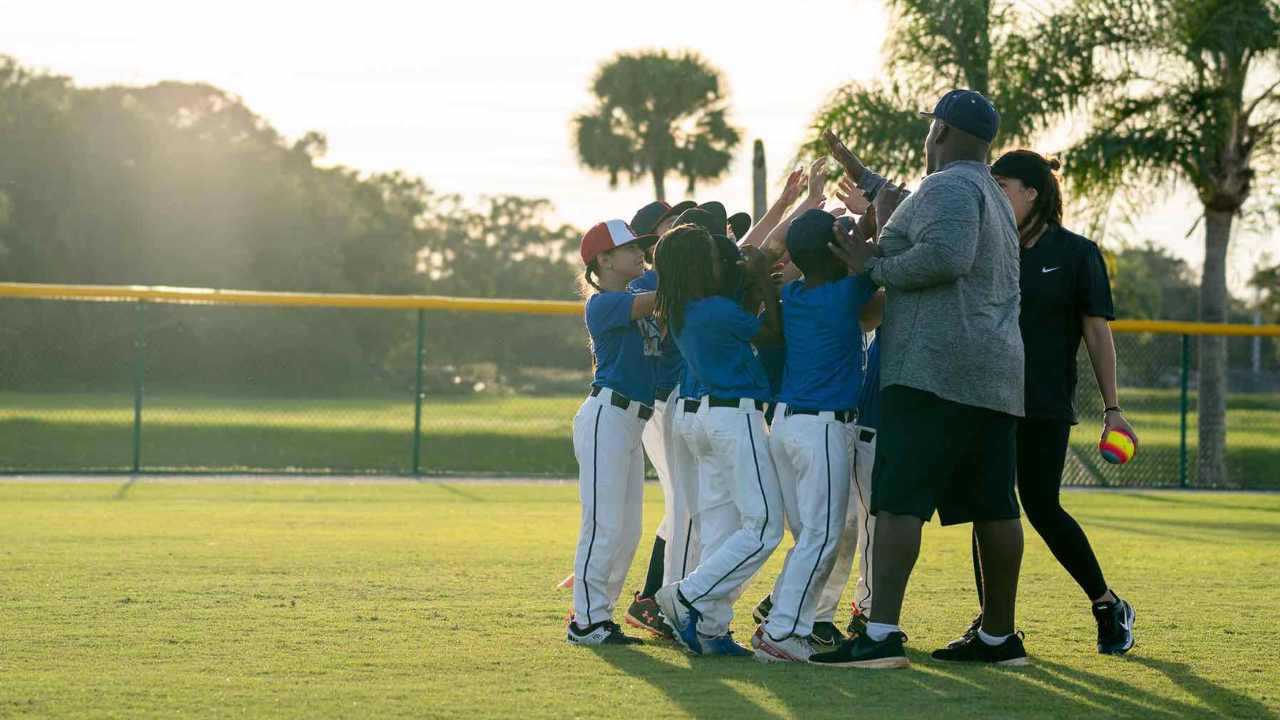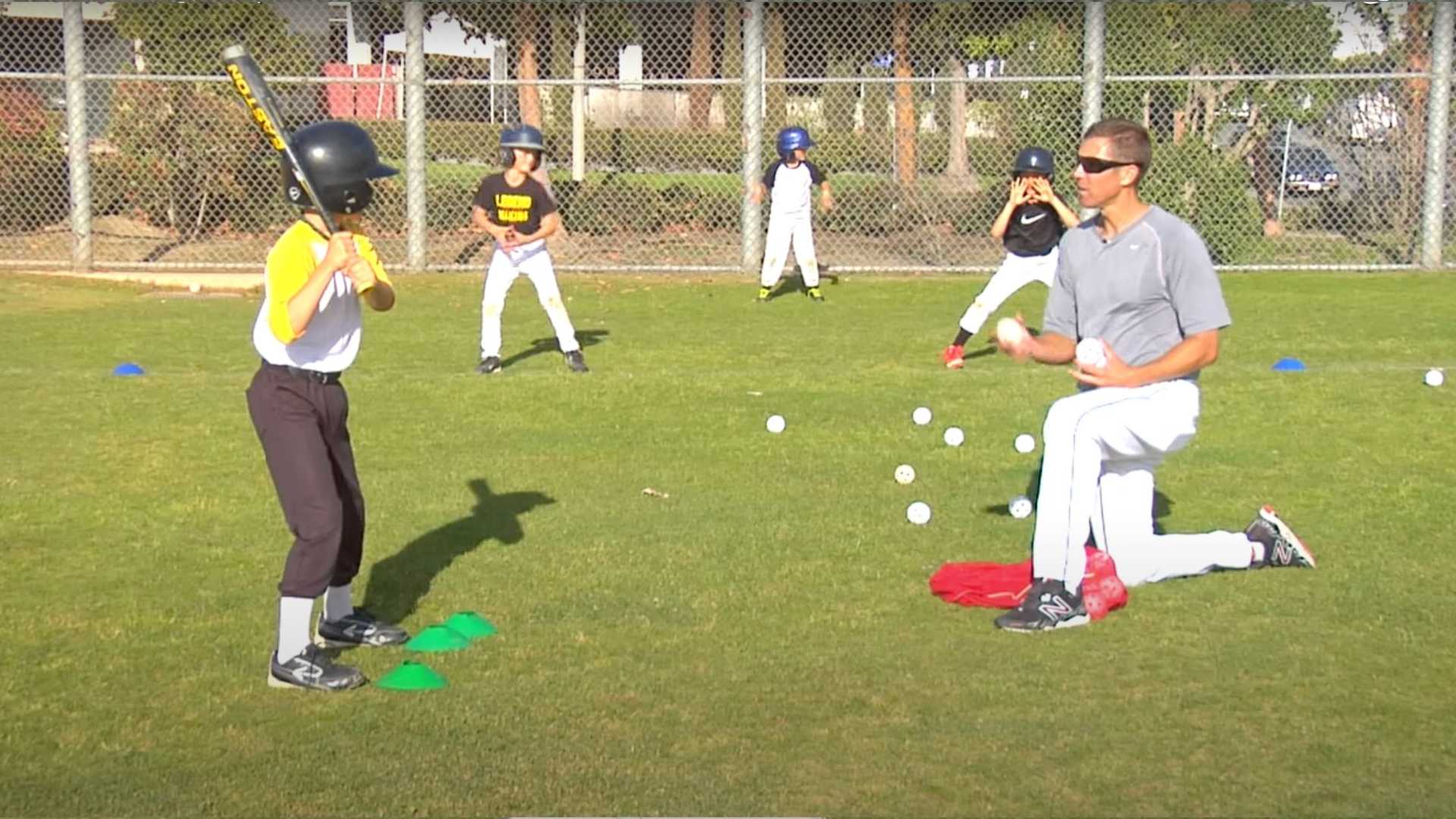The Silent Inning
Help your defense’s communication, reactions and leadership — without saying a word
Dan Spring
| 4 min read

The Silent Inning is exactly what it sounds like: for one full defensive inning, the coaches won’t say anything from the dugout. Nothing.
The point of the exercise is threefold:
Players must take charge of the pre-pitch communication. Without a coach reminding them to get down and ready or where the play is, the team must talk to each other, and vocal leaders will start to emerge.
Once the ball is hit, the players must call out where the play is, must set up a cut-off on their own, make sure all bases are covered and backed up on their own, etc. If coaches are always calling out directions from the dugout, how do we know if our team truly understands the game, or if they’re just following orders?
If there is any adversity during the inning (a pitcher struggles to throw strikes, a player makes an error, a player throws to the wrong base, etc), the players must communicate with each other to keep the focus and positivity up for the entire inning. Leadership on the field, rather than from the dugout, is an absolutely essential component of any successful team (at all levels of the game), but sometimes we as coaches don’t give our players the space to take charge on their own. I love nothing more than seeing a youth catcher, on their own, walk out to the mound to chat with a pitcher who might be struggling with their command or a young pitcher step off the mound to pump up the shortstop after a ground ball went through the legs and into the outfield.
As a coach, this is not easy to do. You’re going to have the urge to encourage your players from the dugout if they’re in need of positive energy. You’re going to want to yell out a reminder to cover a base if it’s not getting covered. You’re going to want to direct your 2nd basemen to be the cutoff on a base hit to right when he forgets his role. Resist, resist, resist!
As hard as it may be, give your team the opportunity to do these things on their own. They’ll be better for it.
They’ll start to learn to take control of the game from between the lines.
They’ll start to learn how to positively communicate with each other when someone makes a mistake.
They’ll start to learn how to recognize when a teammate is struggling and have the internal motivation to help lift their spirits.
They’ll start to think more intently about where the play is going before the pitch and how to react after the ball is put in play.
And most importantly, they’ll take ownership of their experience.
The Silent Inning could be ugly at first (maybe try it in a practice or scrimmage before giving it a go in a game), but I promise that as you create more space for your players with your silence, your team will start to naturally fill that leadership, communication, and positivity vacuum.
And then, hopefully, the Silent Inning can then start to turn into The Silent Innings!
Note: This won’t work at the Tee Ball and Rookie/Farm levels and might be effective at the Minor level, but generally speaking is best for Intermediate and Major level players.
Dan Spring is the founder and director of operations for Spring Training Sports, in Los Angeles County. This post originally appeared on his site, stbaseball.com.




